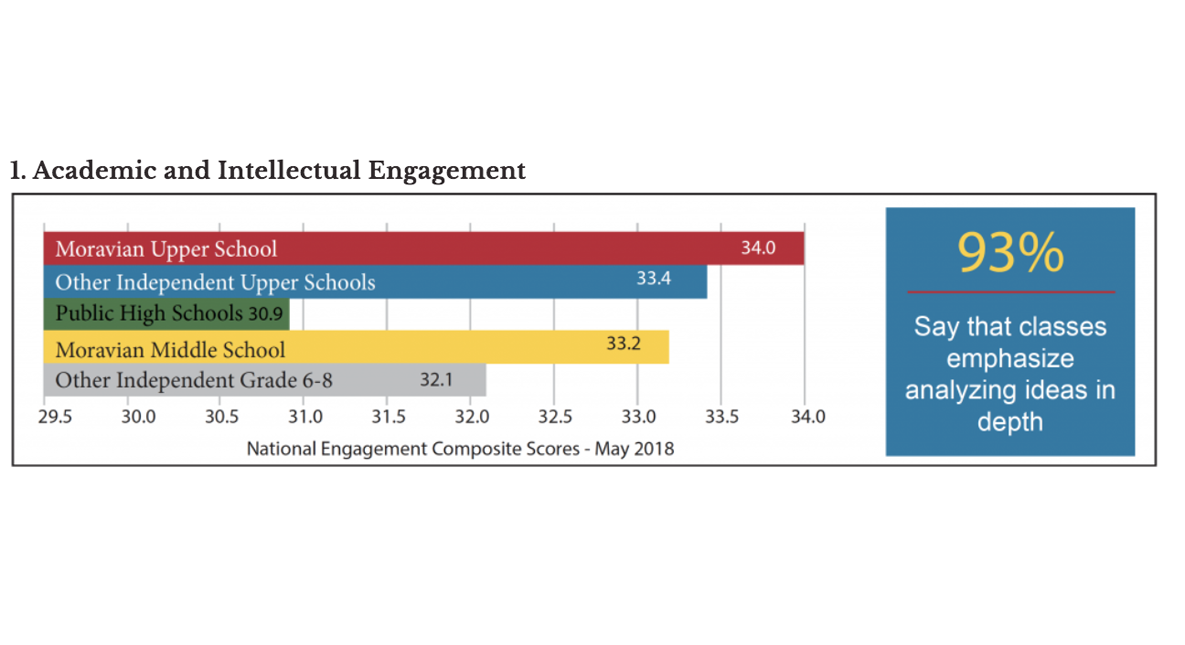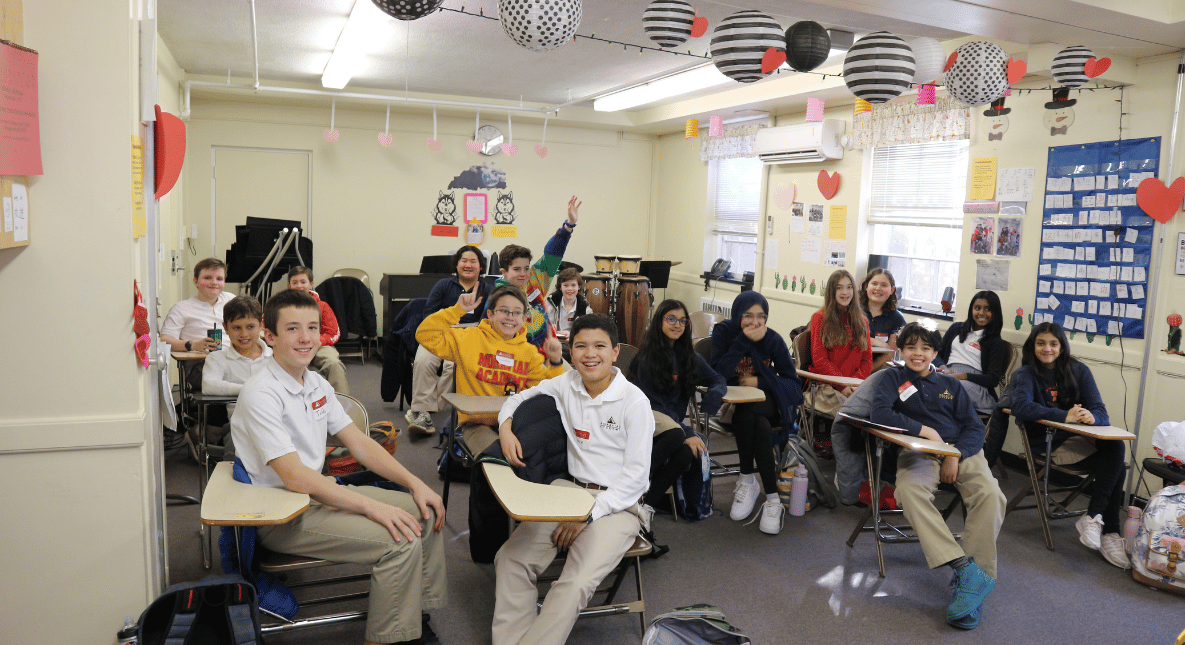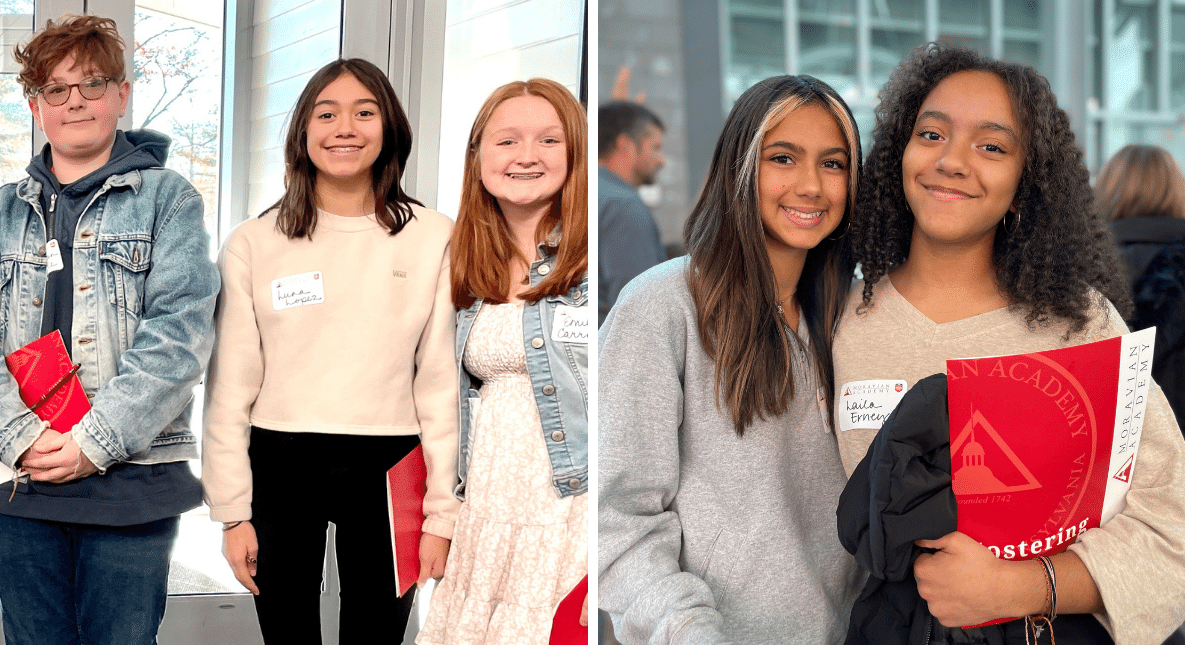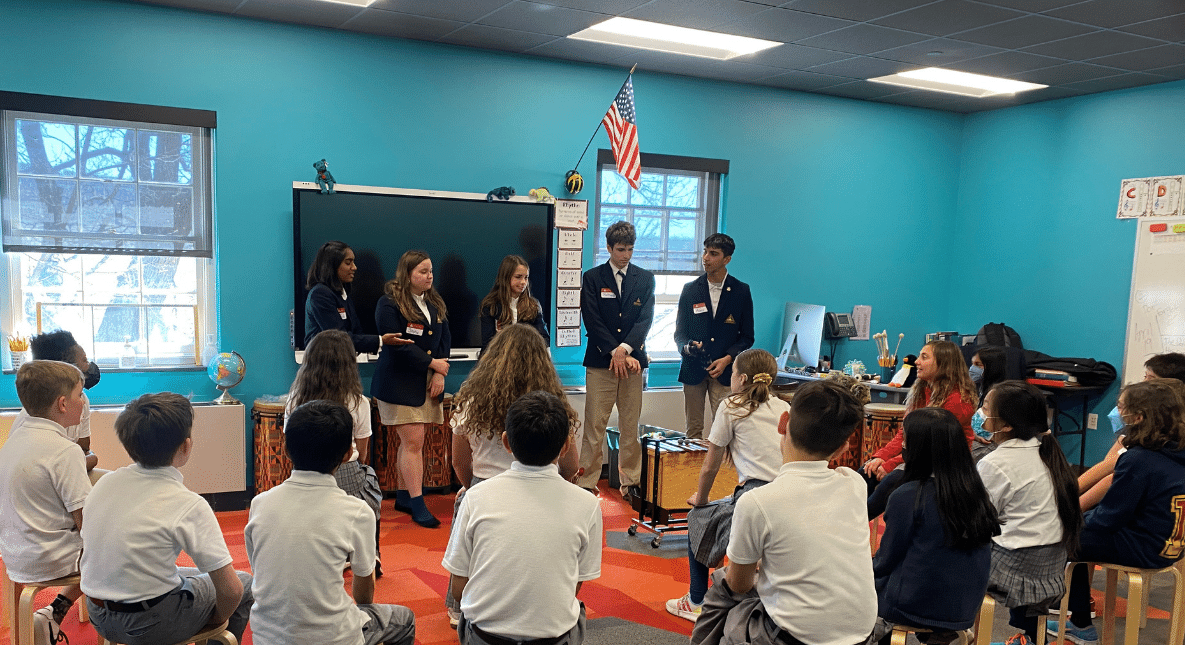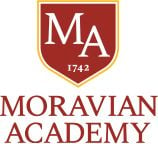Guess Which School Is Leading The Nation In Academic Engagement?
Since we started talking this fall about the culture of curiosity, I’ve been hearing from many people, both inside and outside our community, about our strategic vision to grow and enrich the school experience for students. The overwhelming response has been along the lines of “It is so exciting to hear that Moravian is teaching students ways to prepare for and thrive in life.” The next most common response has been, “So what does that actually look like?” or, “So how will you know if we’re seeing growth?”
These are excellent questions and I love these responses, particularly because the goal is about being curious and sustaining learning by asking more and more questions! Now that we’ve flipped the calendar to 2019, it’s time to revisit these questions. Since the culture of curiosity vision is about being learners, we need to think like a learner: focus on growth, identify what is working, and review areas for improvement.
Measuring by listening to students
As I described in the fall discussions, Moravian Academy is using an important new research tool, which measures our students’ attitudes about school and beliefs about learning. The tool is conducted by Indiana University and is part of a data collaborative sponsored by the National Association of Independent Schools. Importantly, it gathers data directly from students and, because it is administered and analyzed for reliability by a third-party research organization, it provides a key way that schools like Moravian Academy can improve by listening to students about their own experiences.
The research tool also gives Moravian a peer group of other private independent schools across the country. In the spring of 2018, over 15,000 middle and upper school students from 43 independent schools participated in the study. As an example of how we are using this tool, in 2017, the year before we moved to the Comenius schedule, the research showed our Upper School level of engagement was statistically identical to the independent schools across the nation and was significantly higher than national public high schools. In response, we set growth goals to increase our engagement in order to surpass the independent school norms.
Strengths: Where are we seeing growth?
Today, the study ranks Moravian Academy as one of the most engaged schools in the nation. Compiling data from over 60 questions that measure student engagement into cognitive, social, and emotional engagement, the 2017-2018 study ranked Moravian’s Upper and Middle Schools above the highest norm in academic and intellectual engagement. Our students were also above the highest norm in several key indicators, including in the other two categories of social and emotional engagement.
FIVE STRENGTHS
1. Academic and Intellectual Engagement
2. Personal Cognitive Skill Development
3. Pursuit of Goals and Future Plans
4. Community Engagement & Participation
5. Motivation for Learning
These are emerging strengths of our school. Importantly, these are also scores that have risen since 2017. This growth is likely the result of several factors. First is the Comenius schedule, which was designed to improve student engagement with longer class periods, substantial breaks, and changes to the pacing of learning. Similarly, the increased levels engagement were likely aided by the faculty-led professional development programs on how to teach in longer class periods. Also, because the act of measuring can place an institutional priority and raise awareness on what is being assessed, some of the increases could reflect our all-school focus over the past two years on engagement and student-centered teaching and learning. These are core foundation pieces for the culture of curiosity.
What’s next? Areas for improvement
The research also highlights areas where we can improve. In 2018, there was one composite score in which Moravian was below the highest benchmark: positive relationships between students. This score is based on questions such as “How strongly do you feel supported by other students?” and “How often do you feel bullied or harassed by other students?” The results from Moravian students were still positive – they indicate that instances of bullying are rare and less frequent than at public district schools – but overall students report feeling supported by their peers at a slightly lower level than their counterparts at other private independent schools across the nation.
As part of the culture of curiosity vision, this school year we launched several new initiatives designed to improve connections between students. The first is the Developmental Designs teaching approach, which faculty are learning and beginning to implement over the next two years, starting in the Lower School this year. With the “DD” approach for cognitive-social-emotional learning, teachers lead classroom and advisory activities that help students be comfortable expressing who they are and engaging in highly cooperative, “win-win” relationships in school. The second important multi-year initiative is the strategic growth of the student support services department, from school counselors to learning support teachers.
This month, the Middle and Upper Schools are also inviting students to participate in discussion activities called “Can We Talk?” Faculty members are using DD approaches in small group activities to help students have difficult conversations, the kind that invite students to disagree with each other. We hope students do more than simply argue without offending each other, although that is a valuable conversation skill today! We hope they learn that engaging in disagreement between multiple points of view, especially when the topics are personally important, is a beneficial step to strengthening their relationships and their intellects, as well as being “the Moravian thing to do”.


 myMA
myMA

